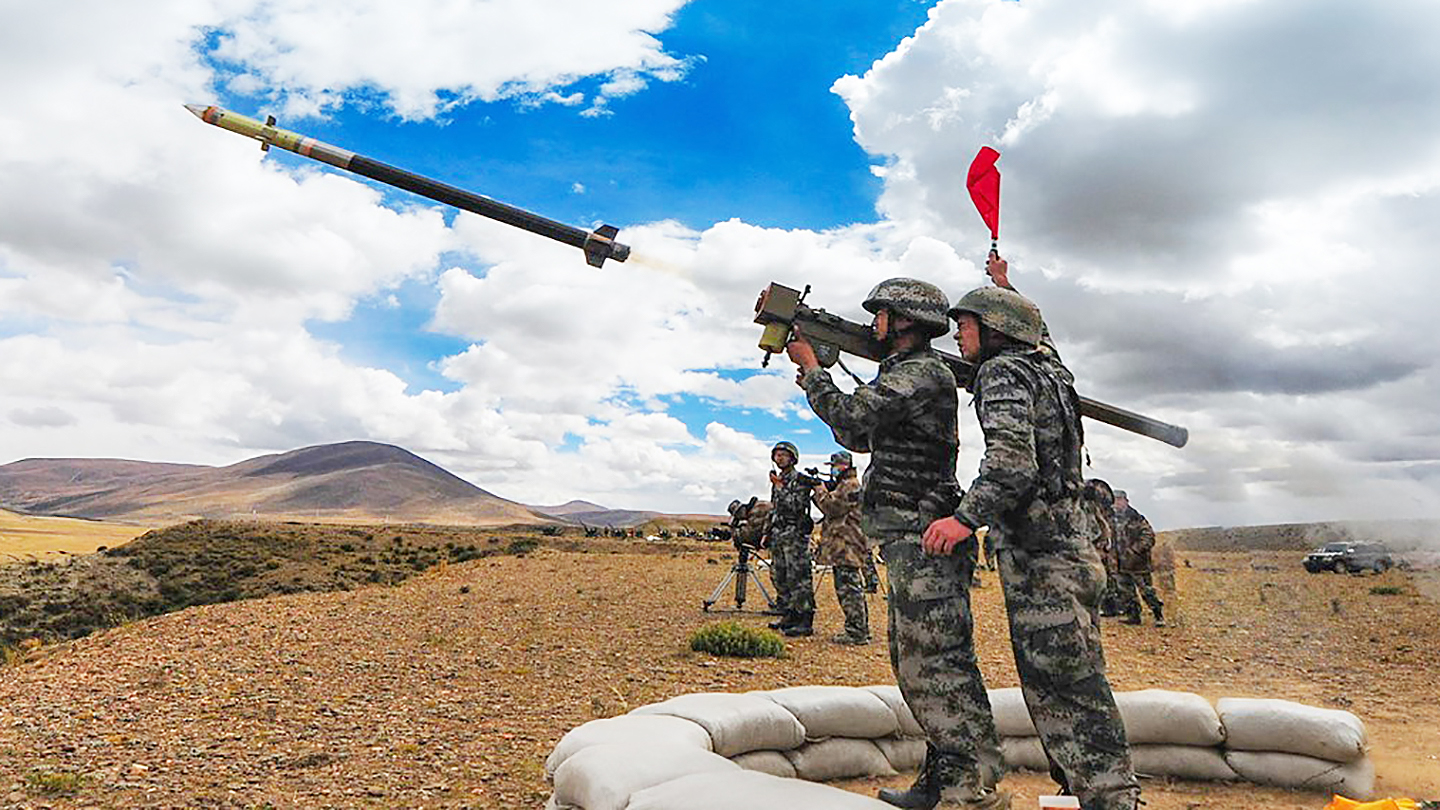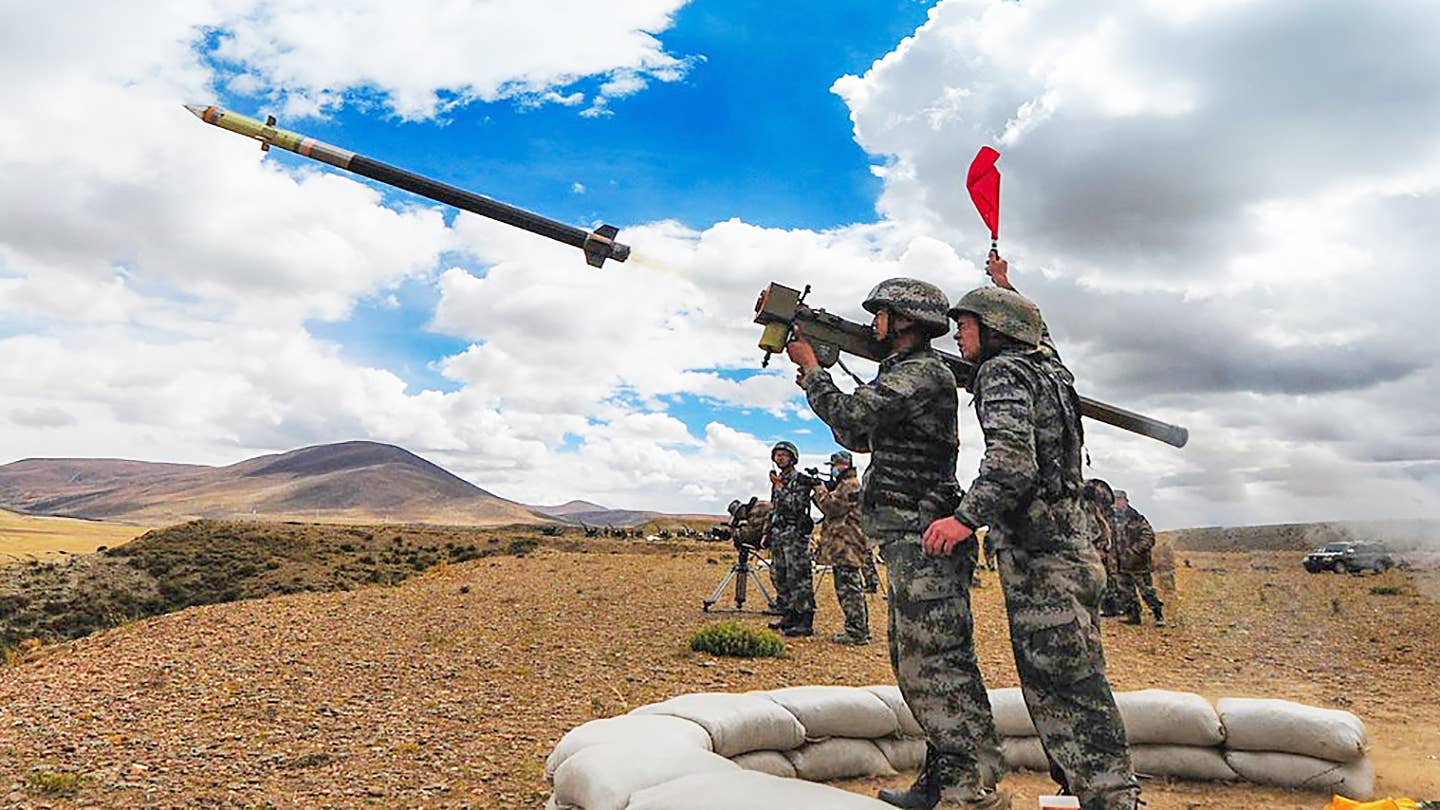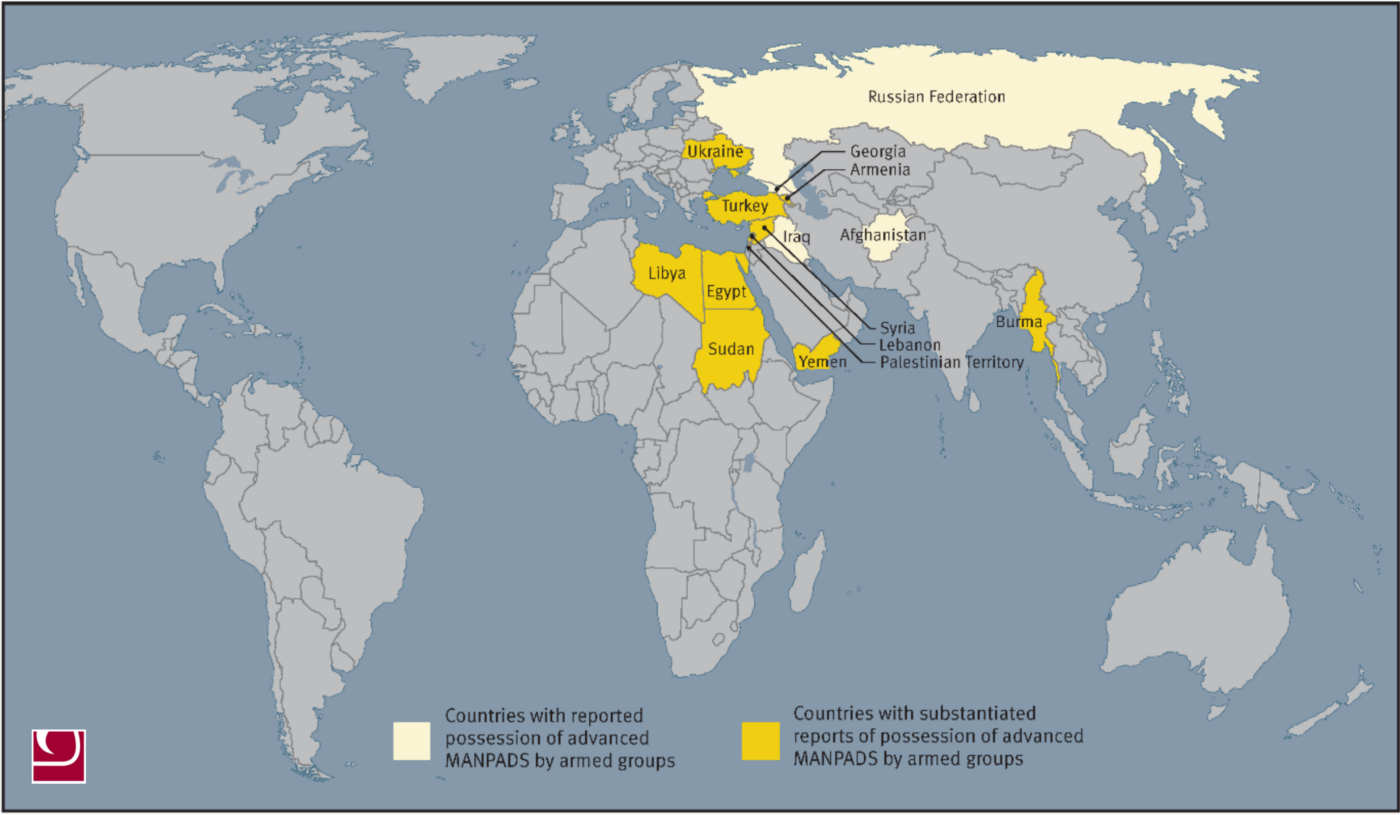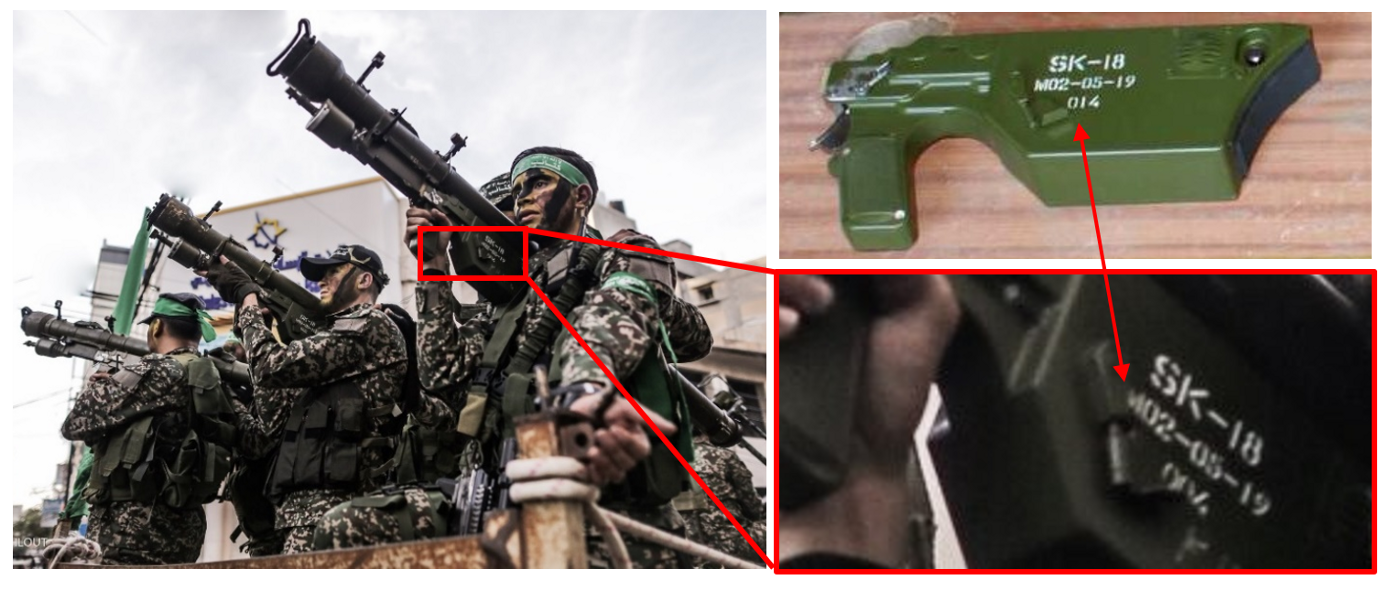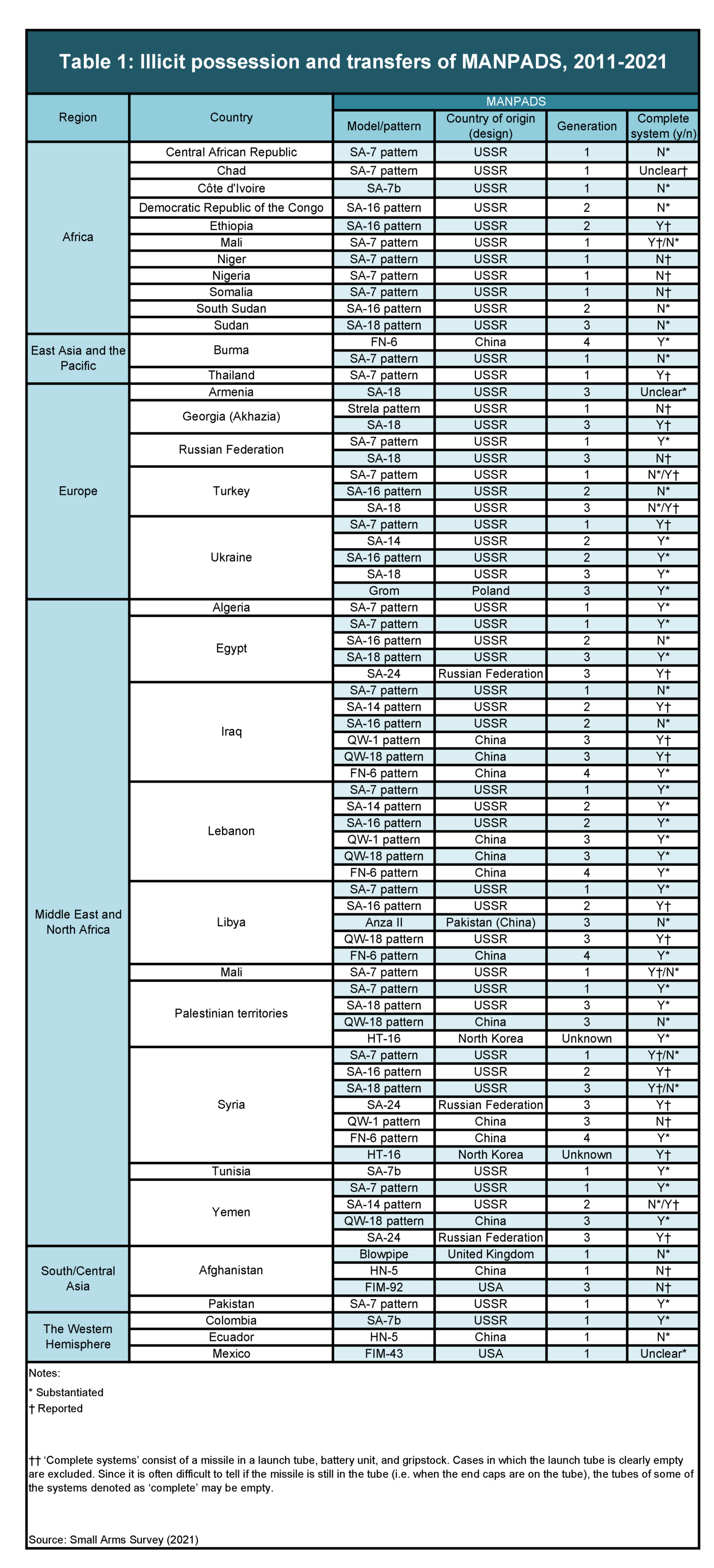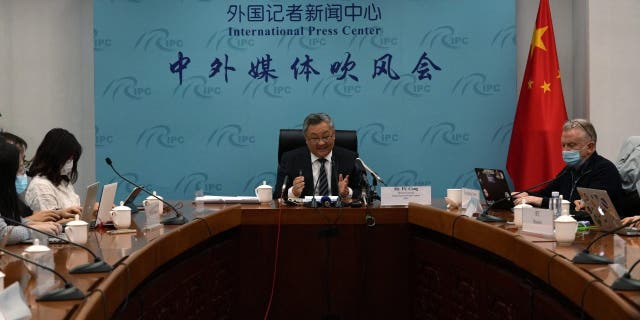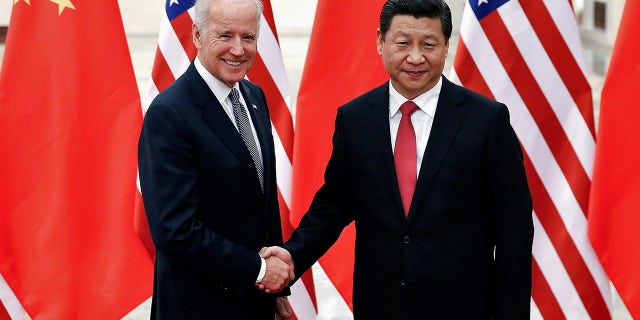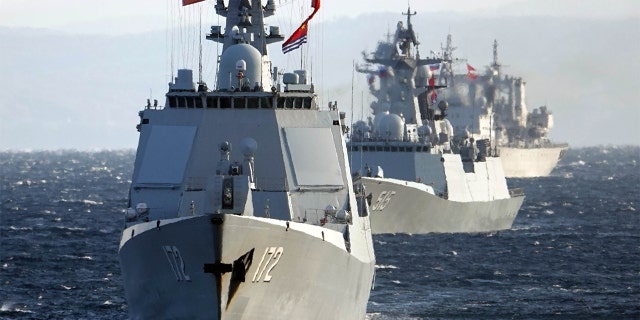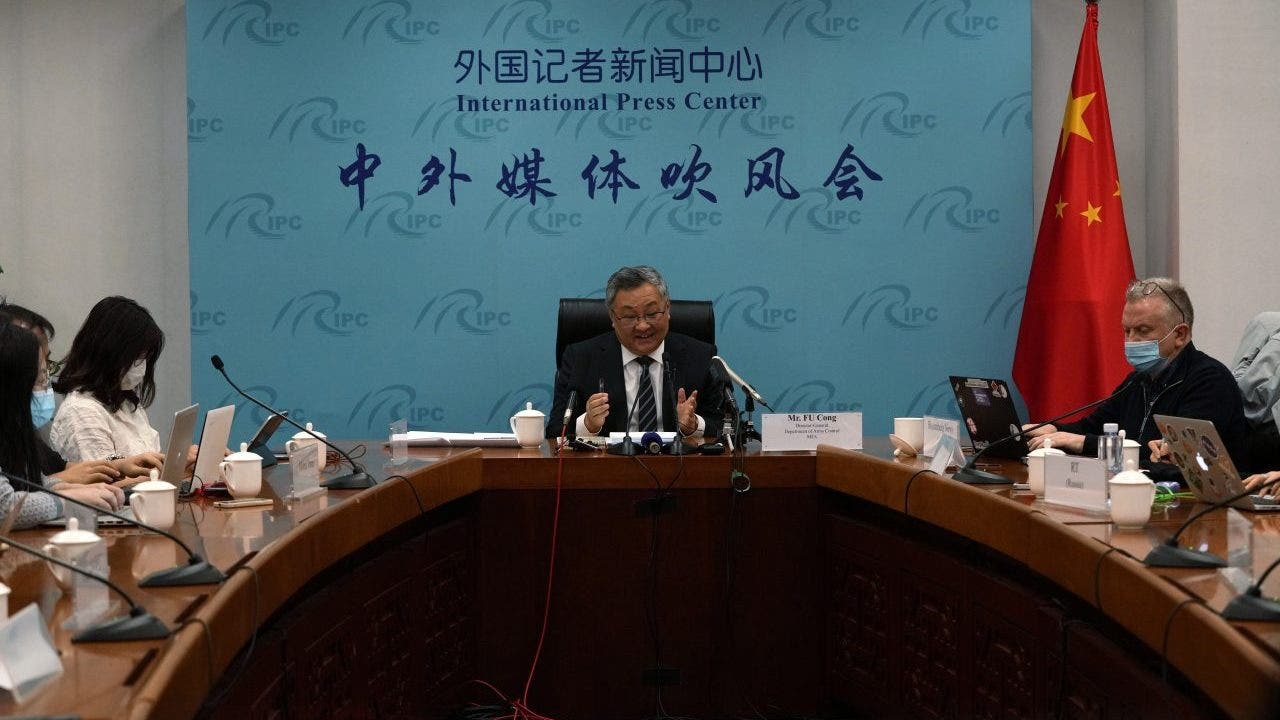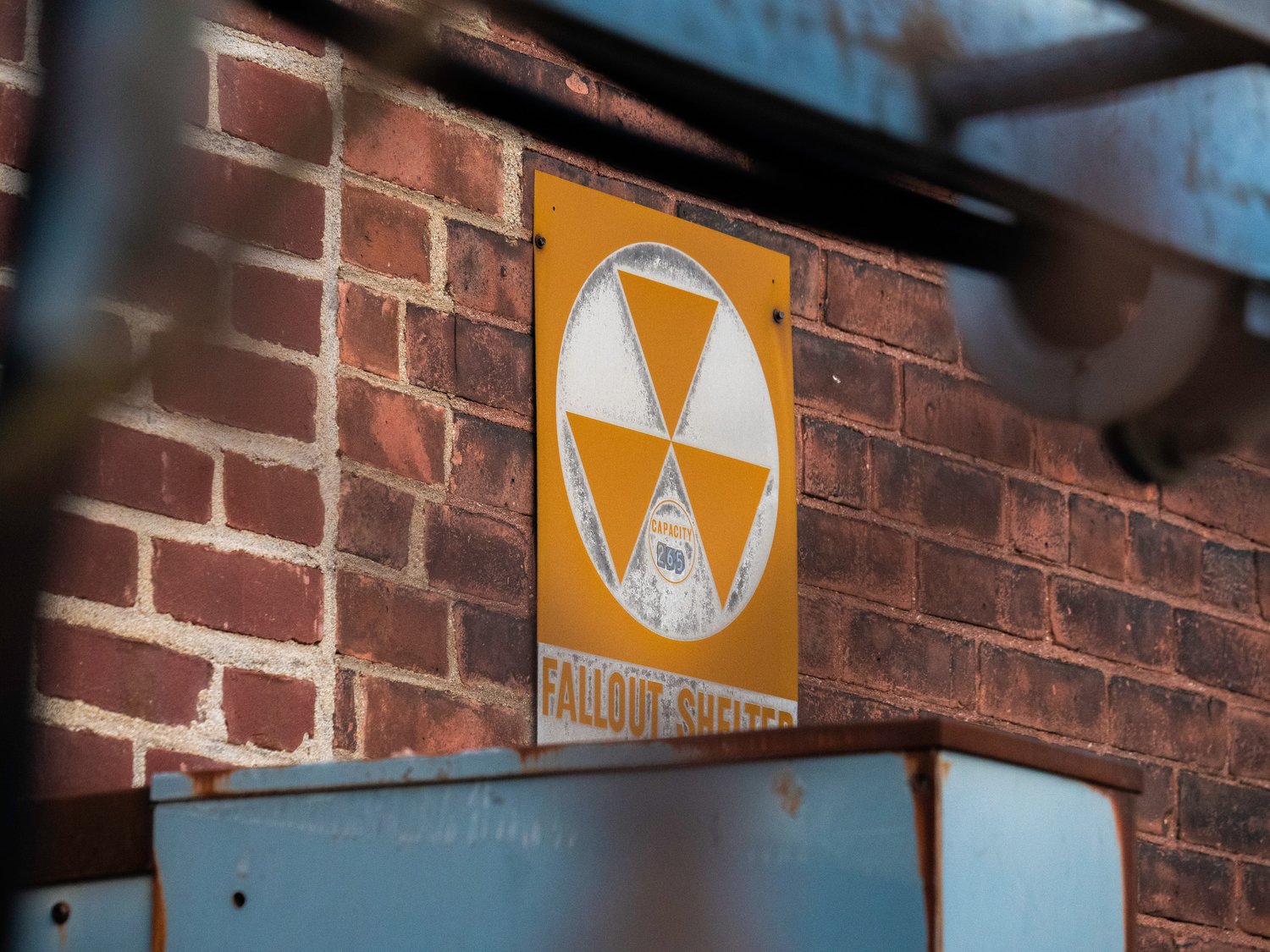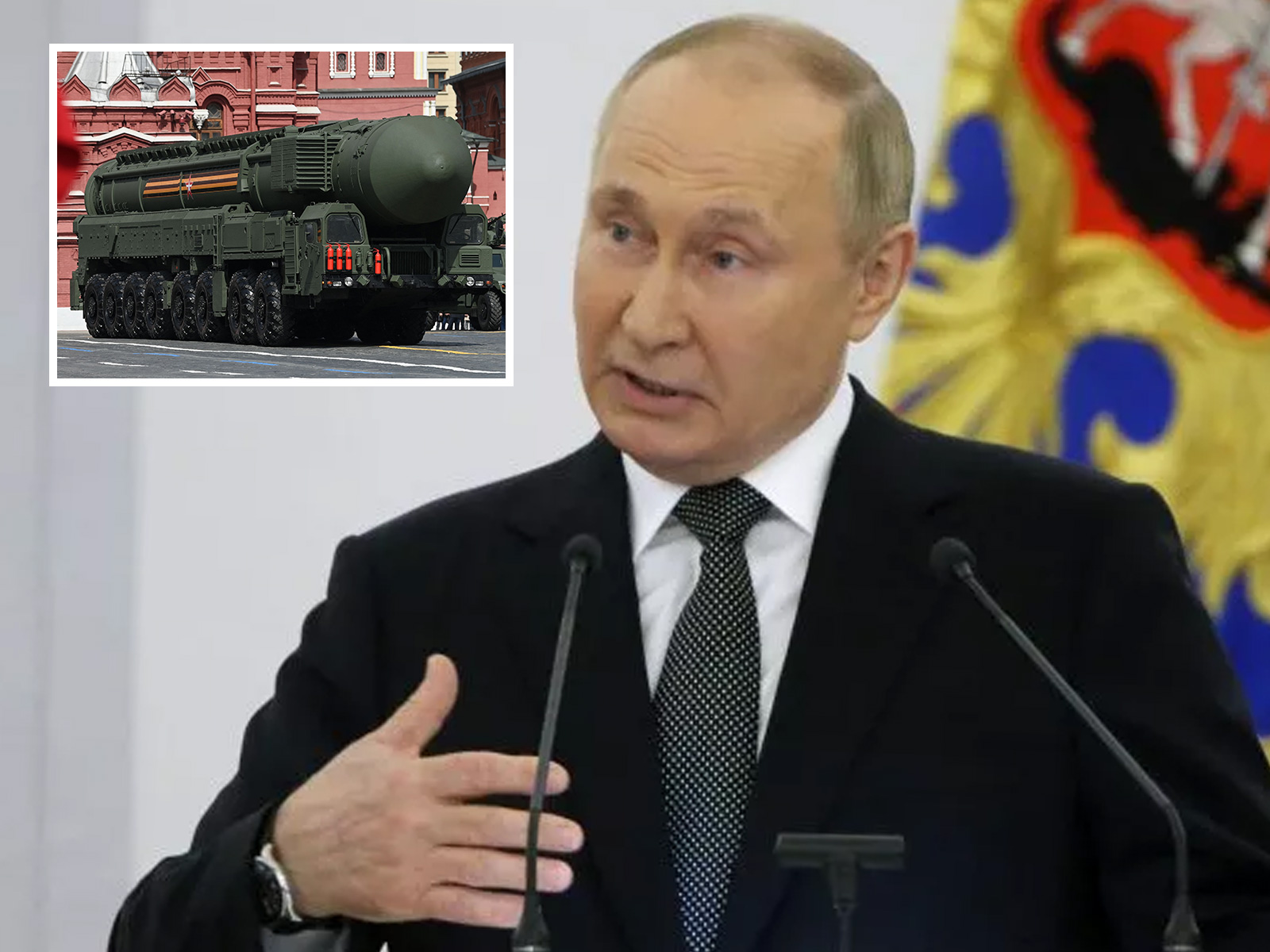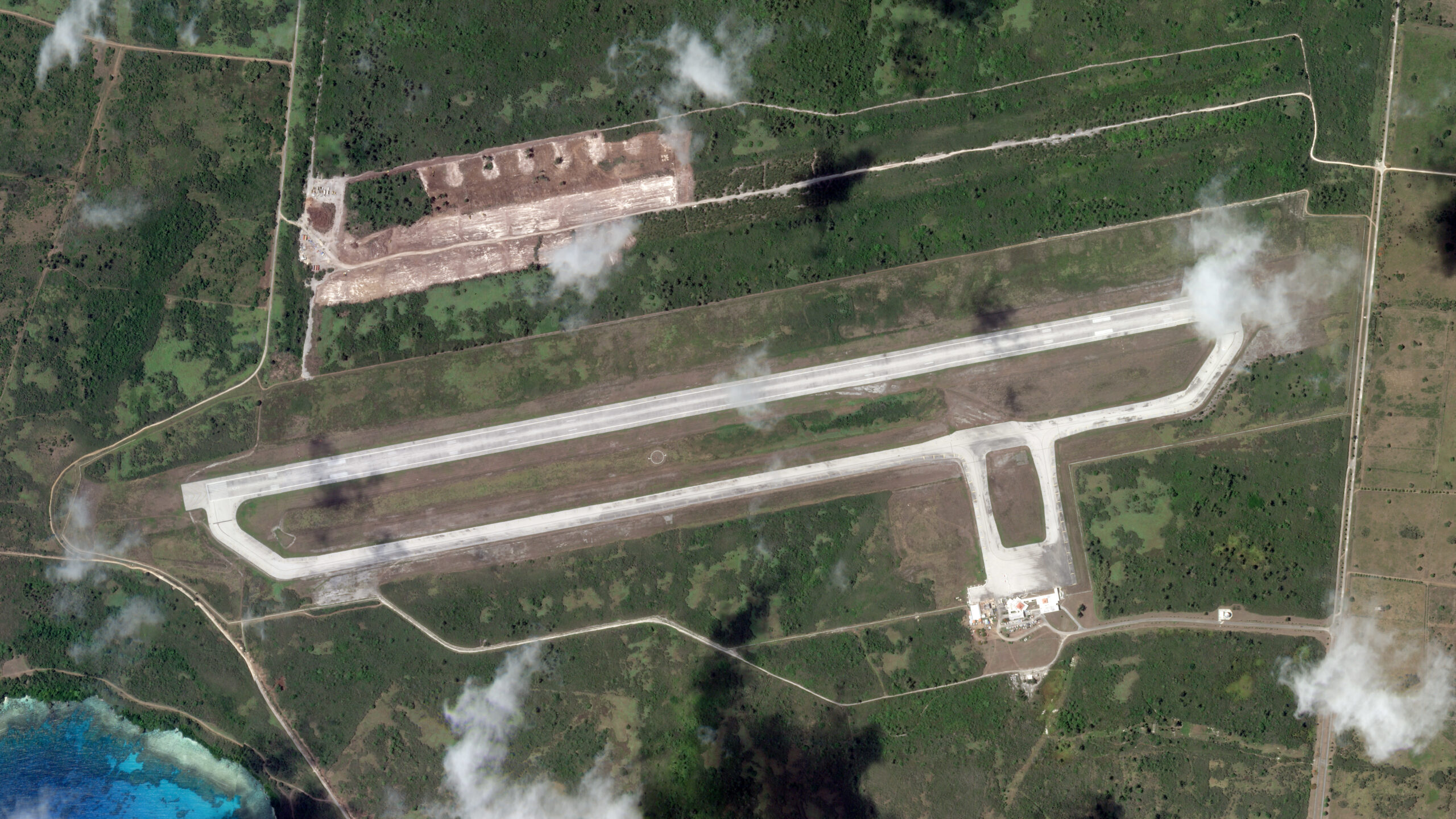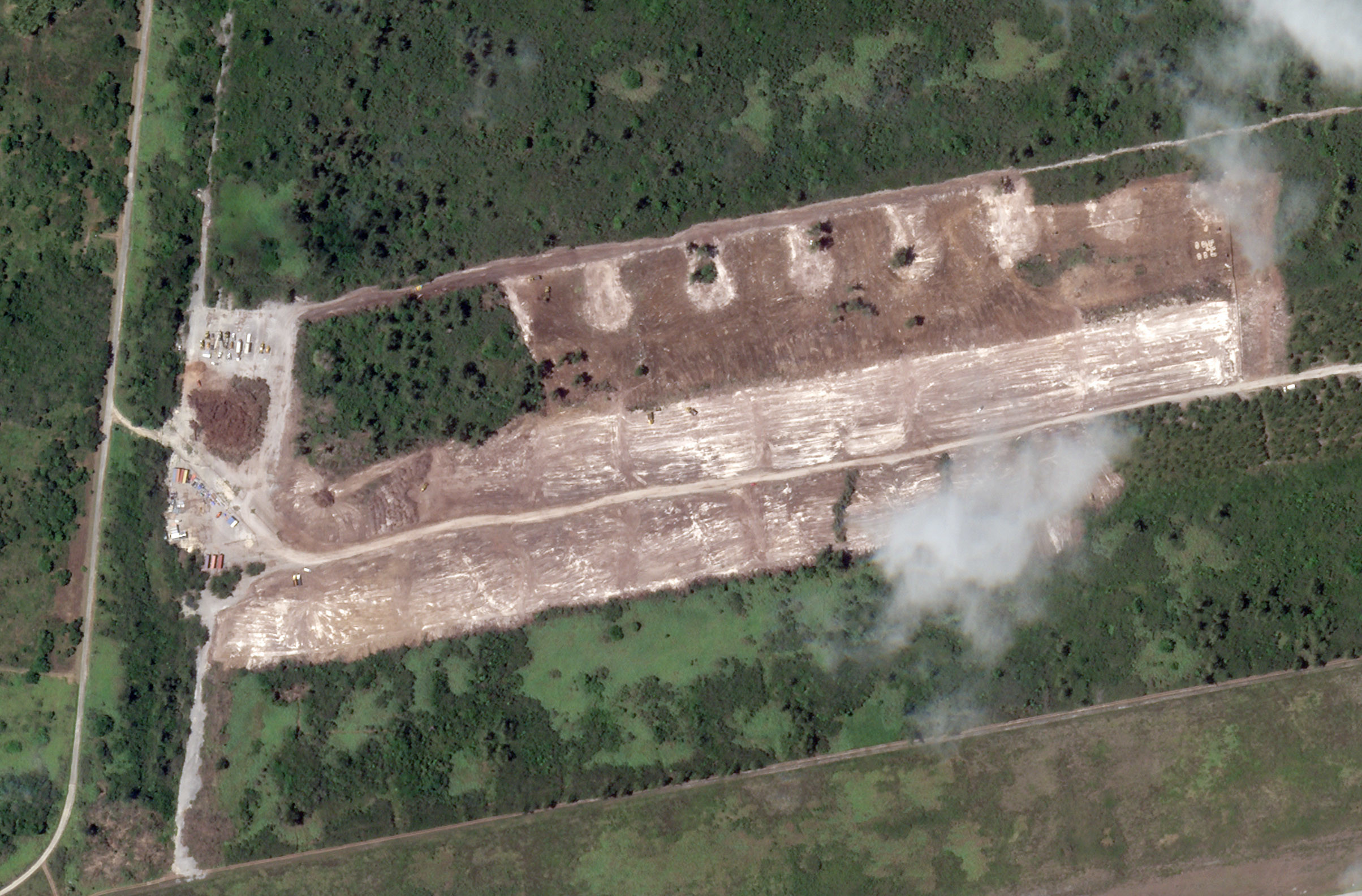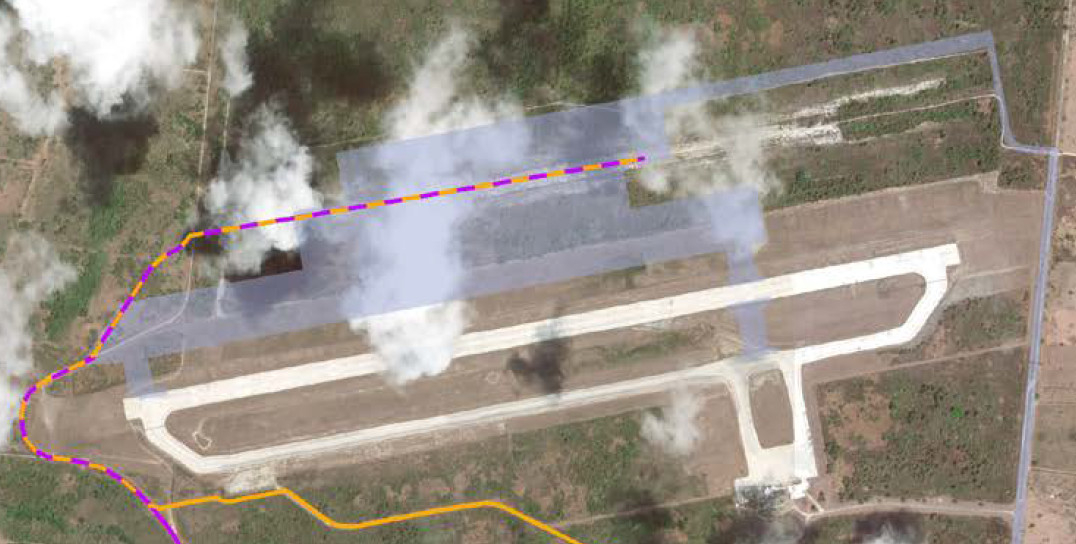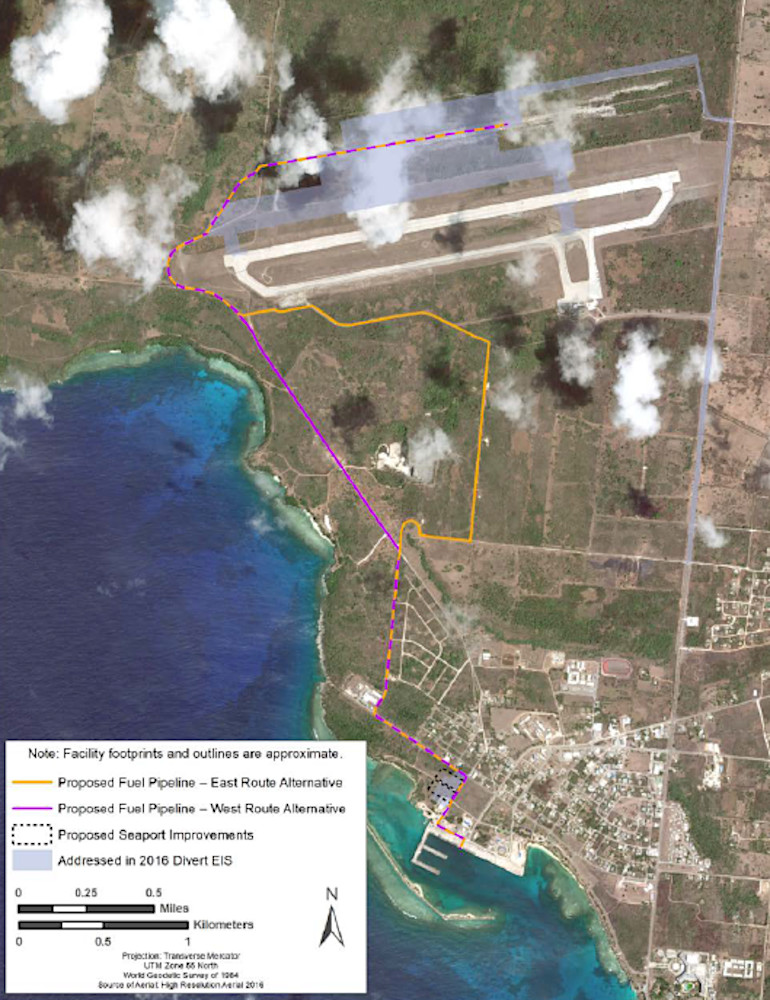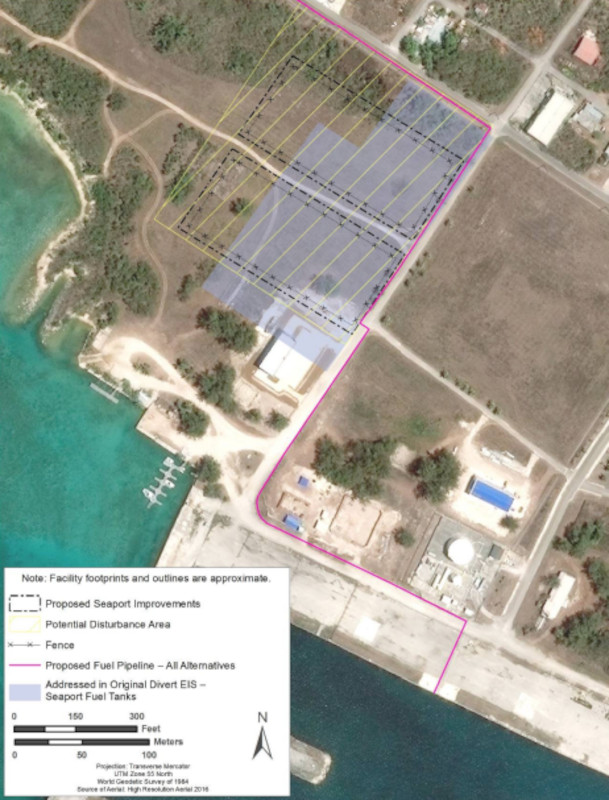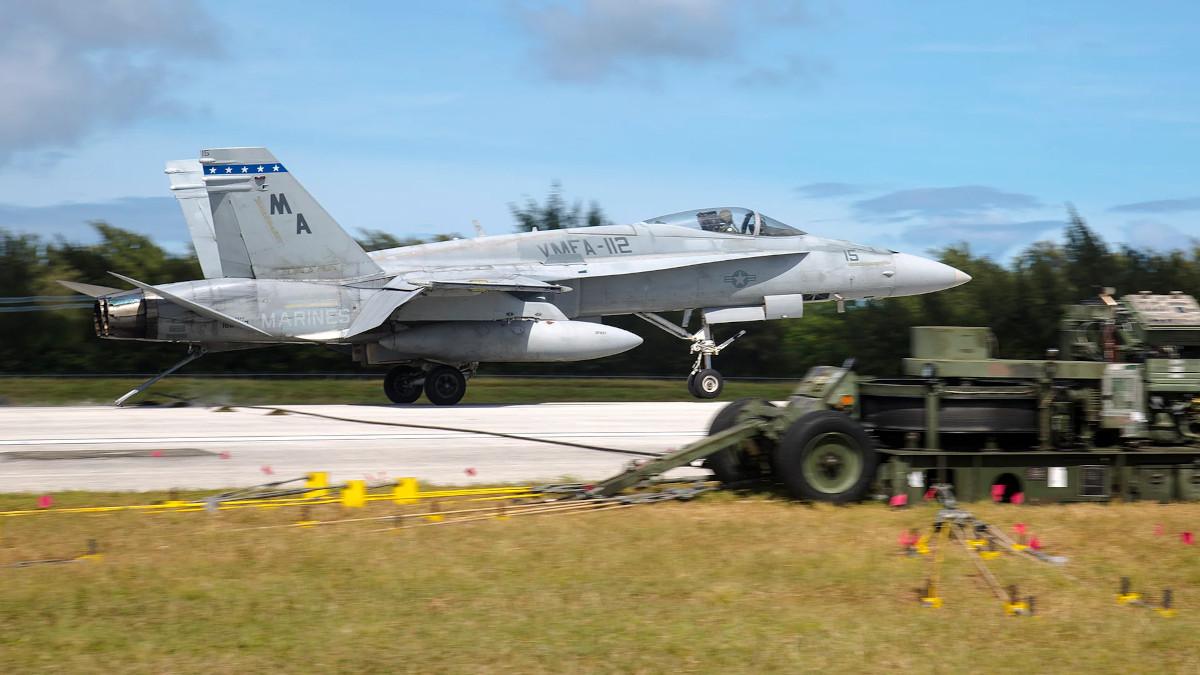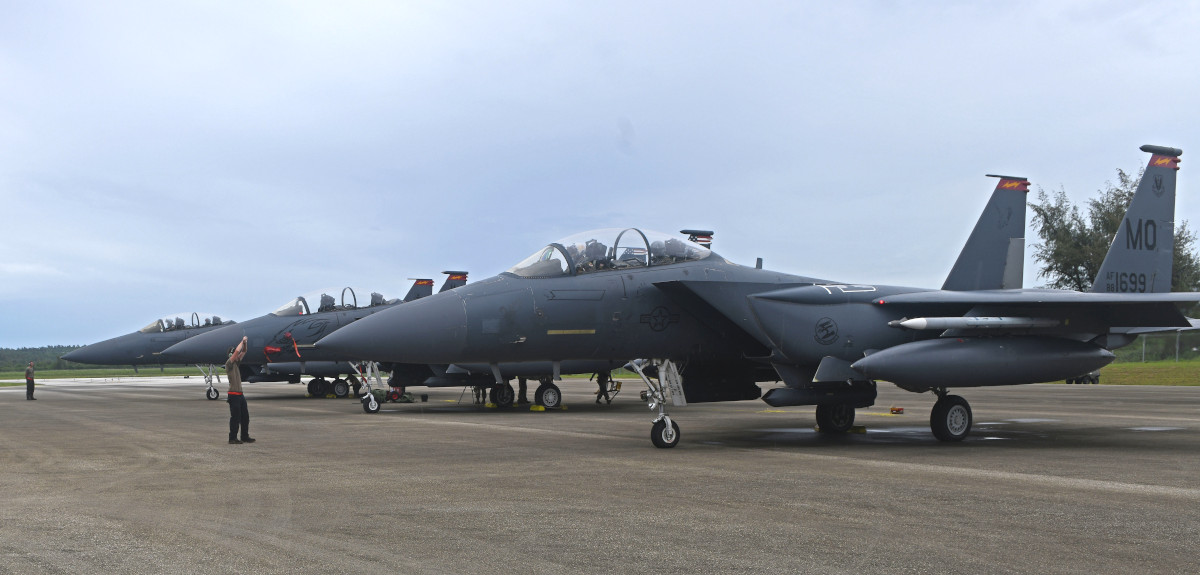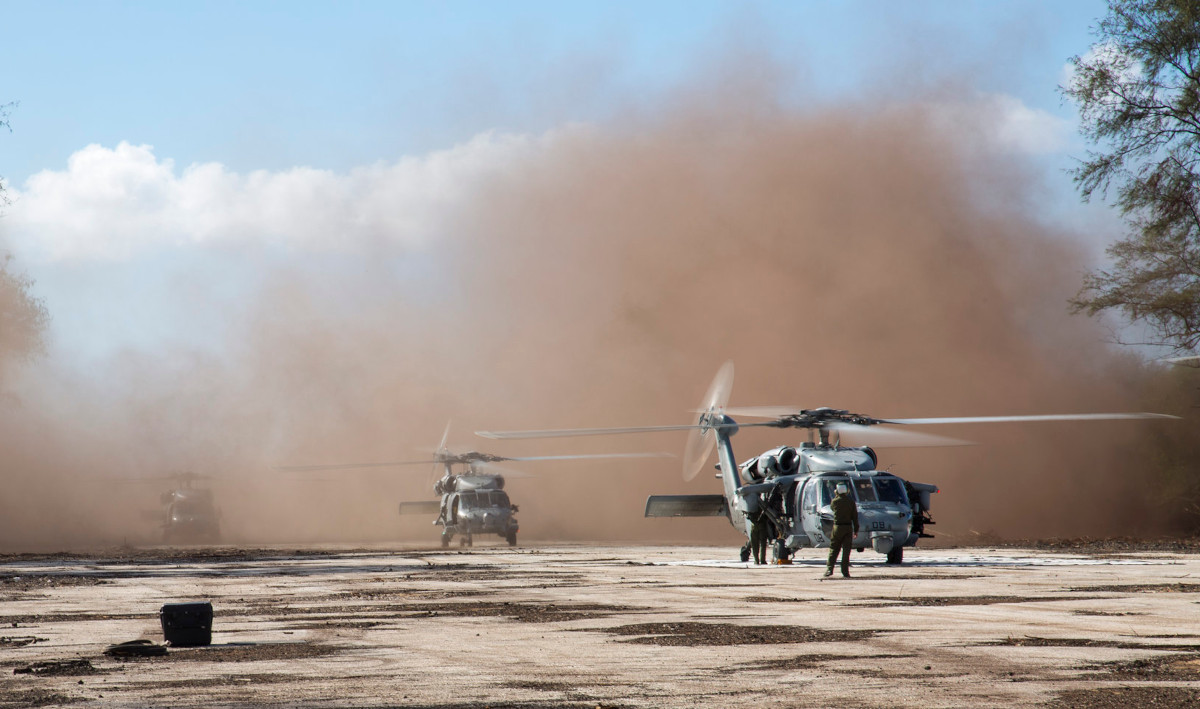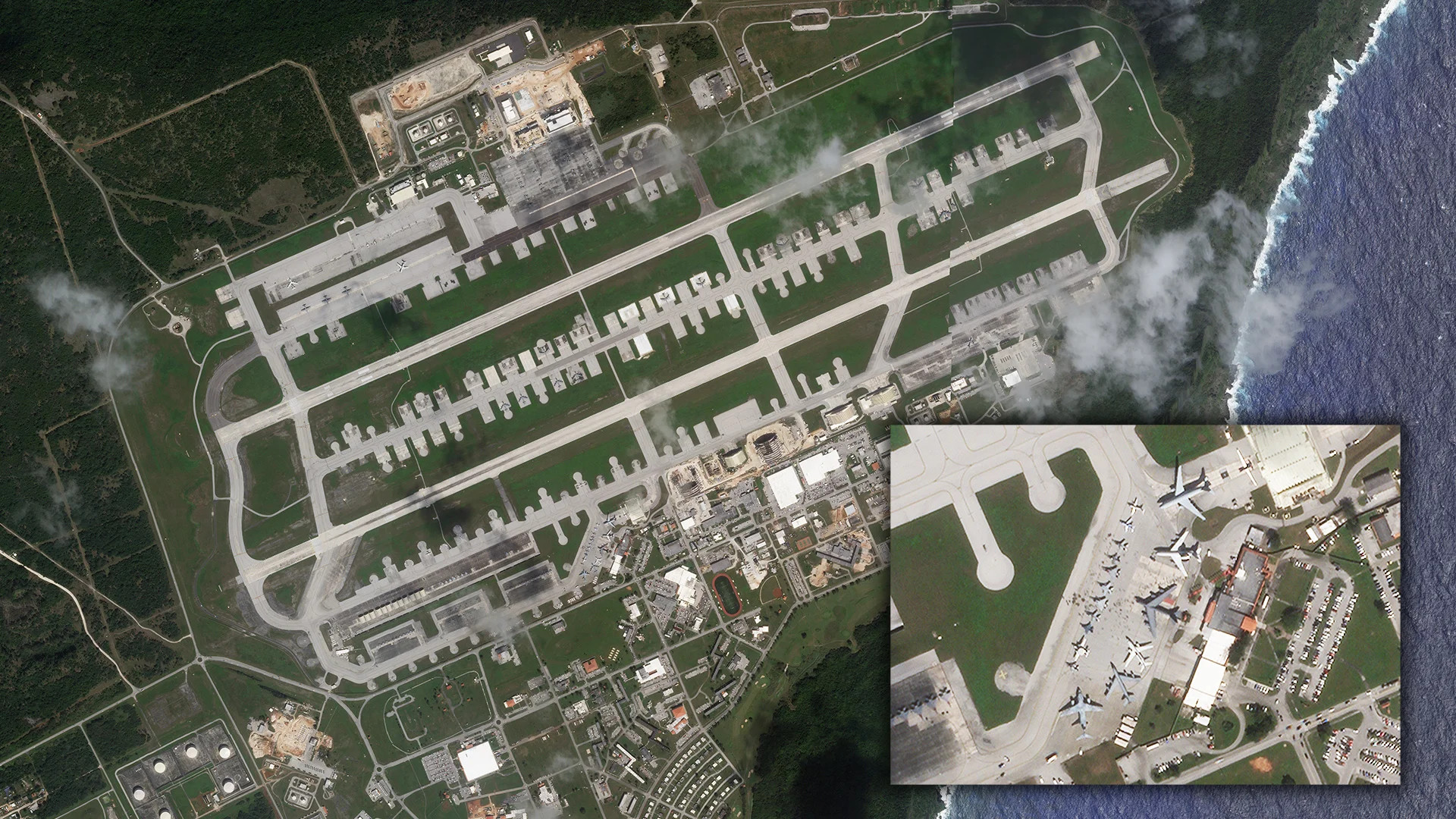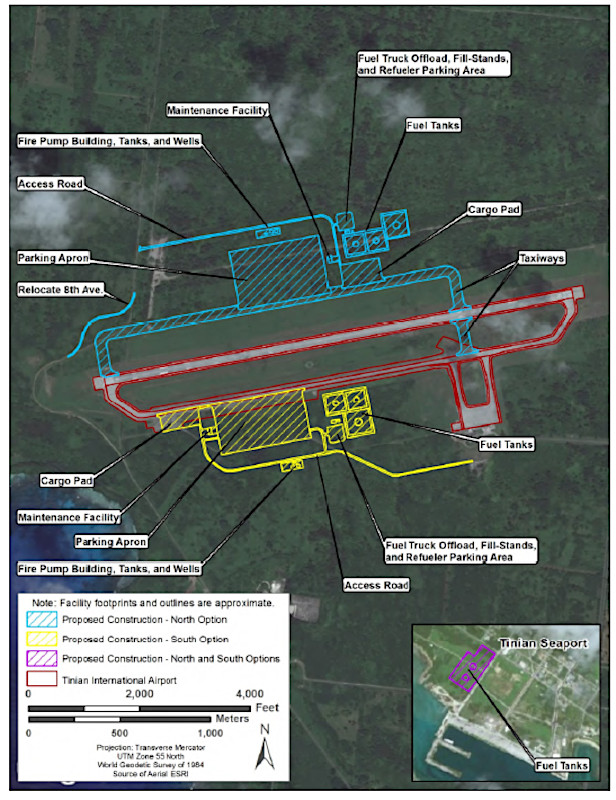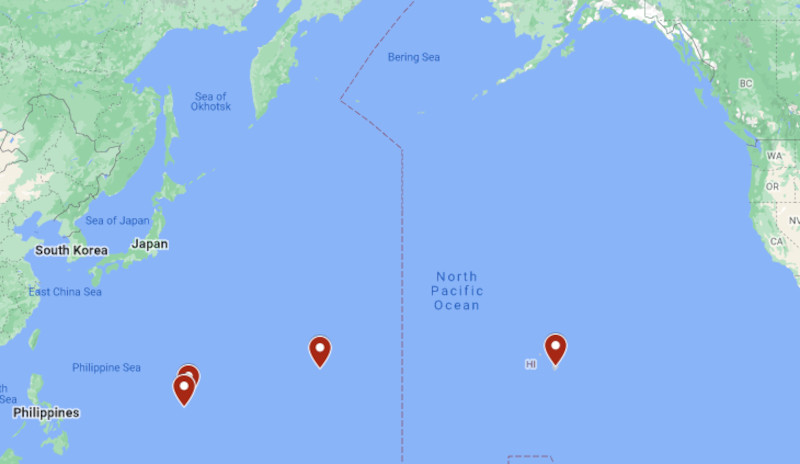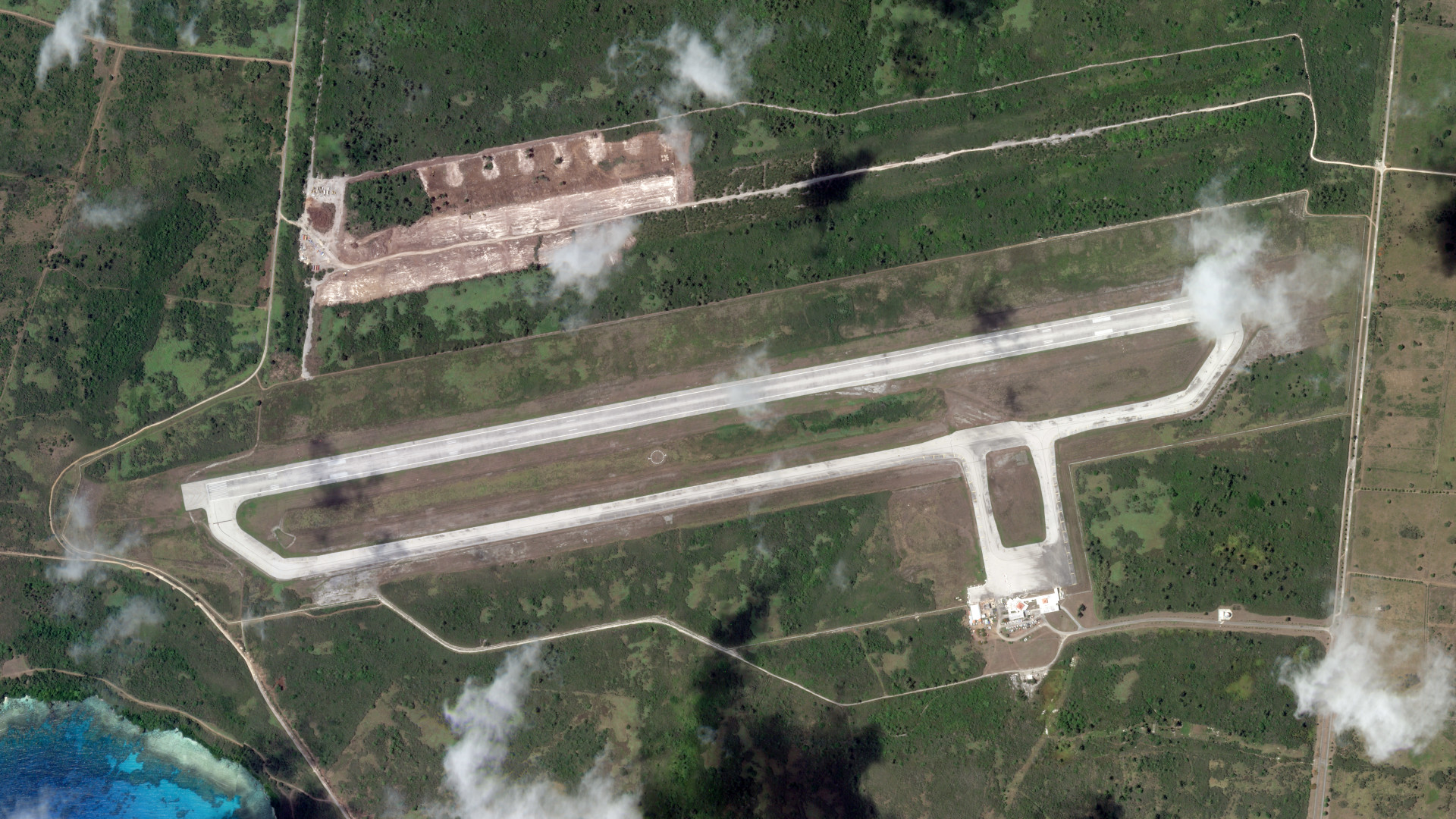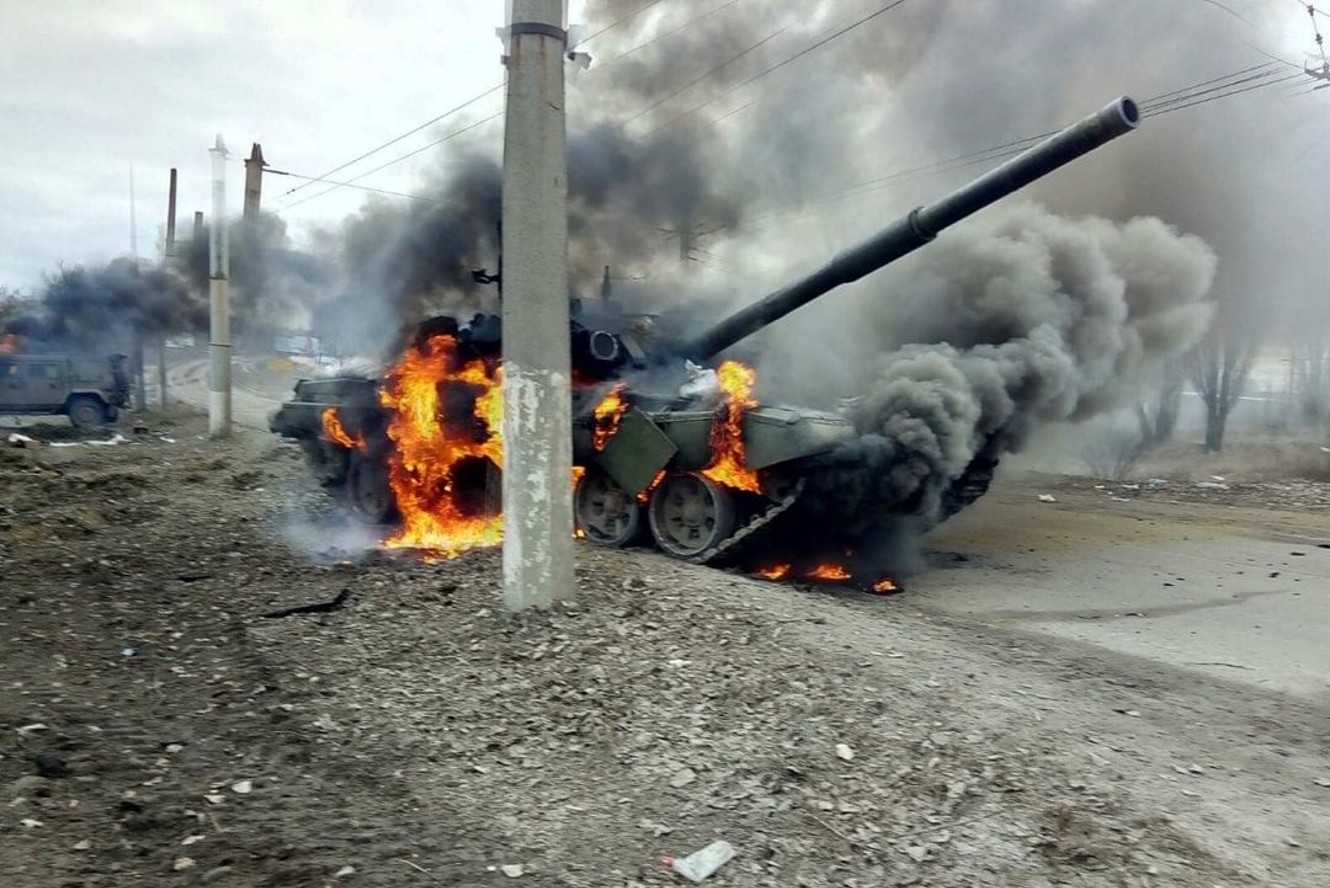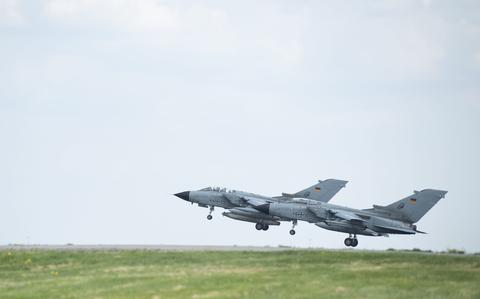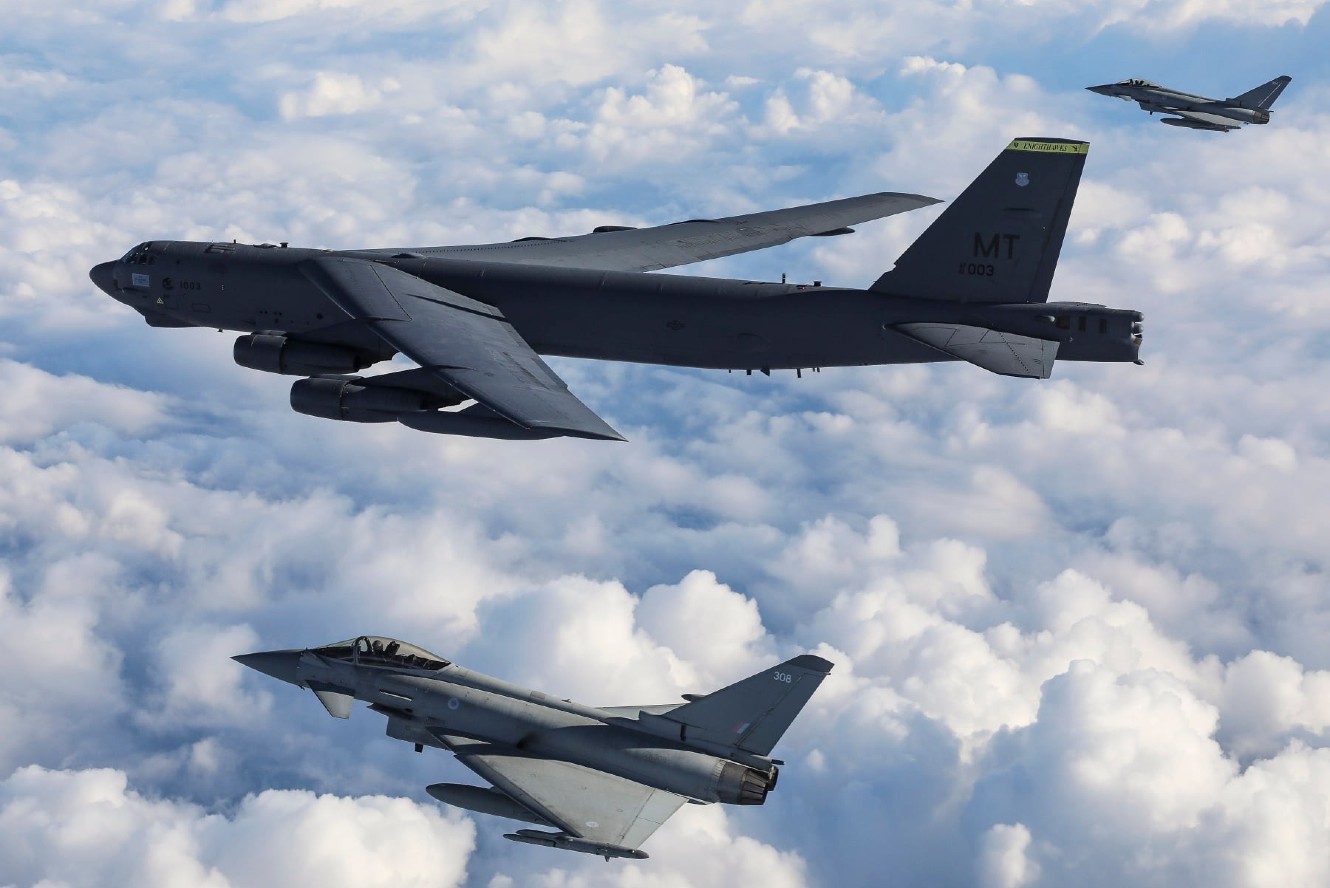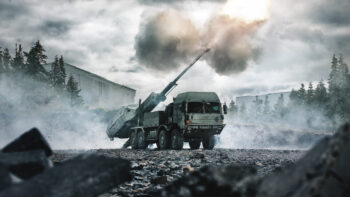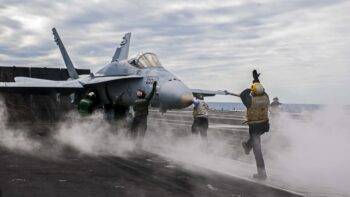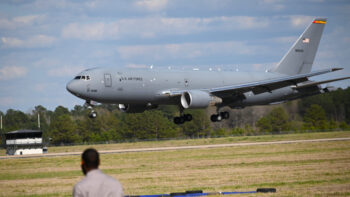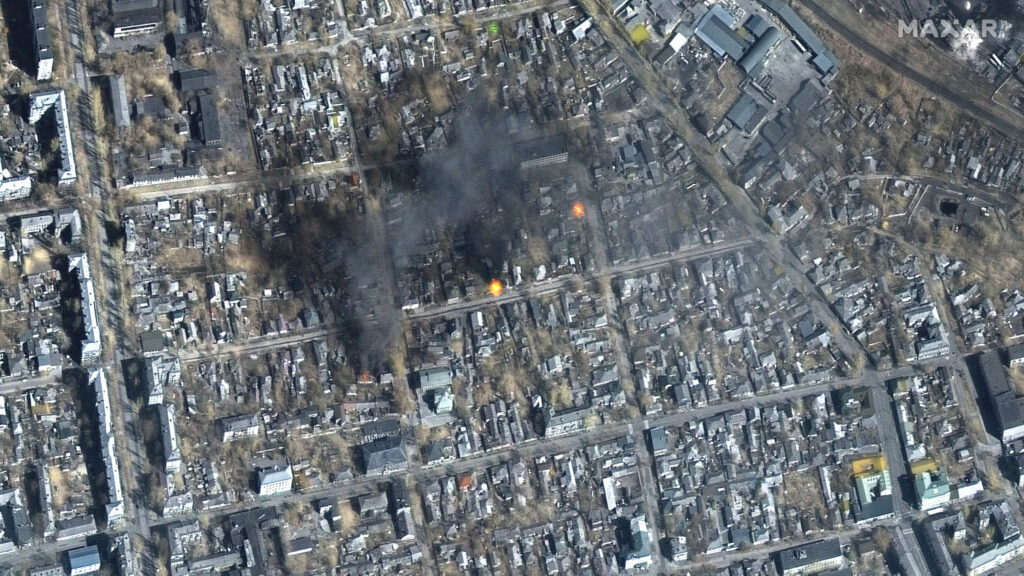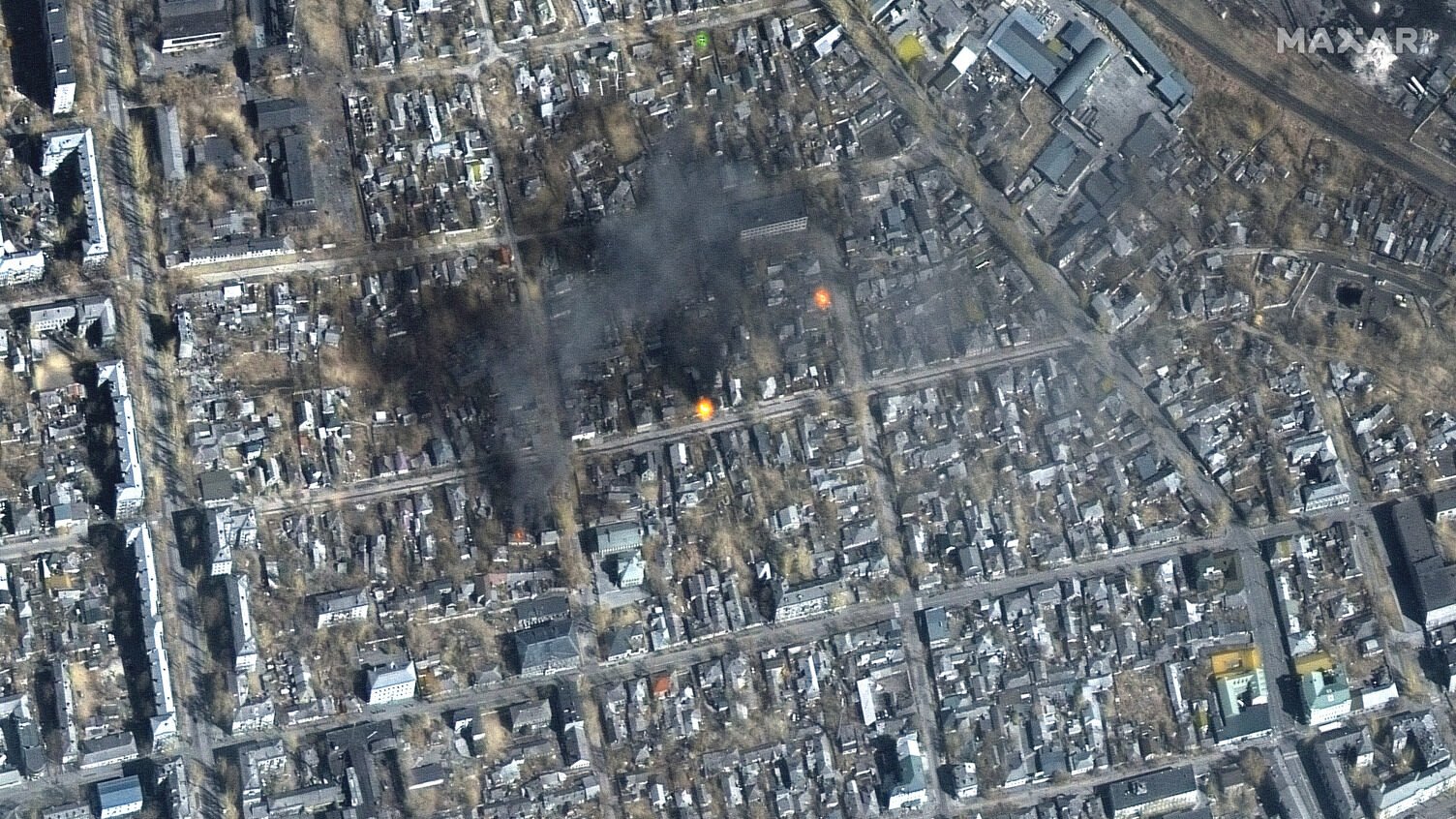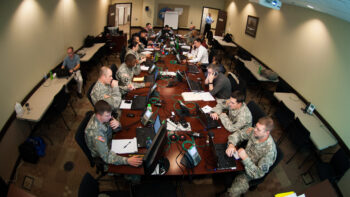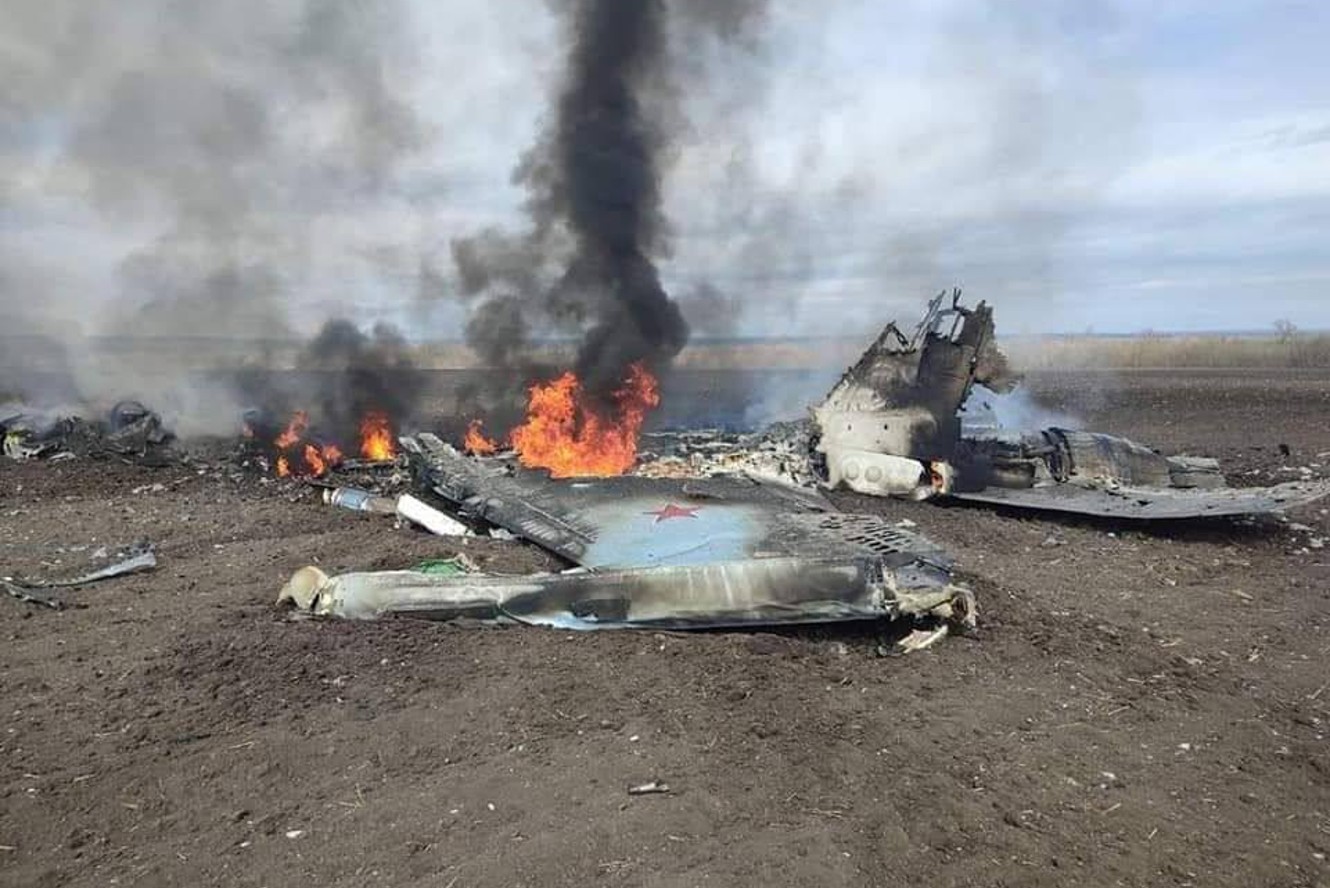(256) 05-21-2022-to-05-27-2022__****THE****WINDS****of****WAR****
(257) 05-28-2022-to-06-03-2022__****THE****WINDS****of****WAR****
(258) 06-04-2022-to-06-10-2022__****THE****WINDS****of****WAR****
Posted for fair use.....
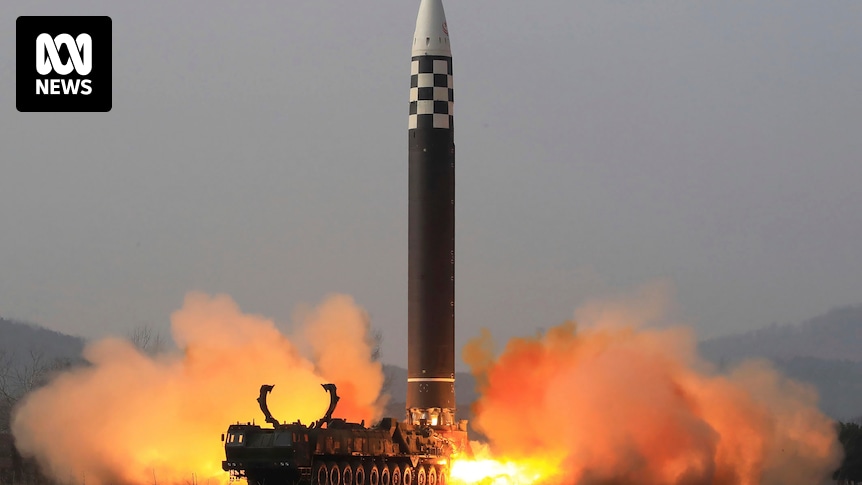
 www.abc.net.au
www.abc.net.au
North Korea ramping up weapons development, preparing for nuclear test, US and South Korean officials warn
Posted 17h ago
North Korean leader Kim Jong Un is doubling down on the nation’s arms build-up in response to what he describes as an aggravating security environment.
Key points:
Following a major political conference in Pyongyang, US and South Korean officials warned North Korea was pressing ahead with preparations for another nuclear test.
North Korea has already set an annual record for ballistic launches in the first half of 2022, firing 31 missiles during 18 different launch events.
They included the country's first demonstrations of intercontinental ballistic missiles in nearly five years.
Mr Kim's comments at the conference were published by North Korea's state-run Korean Central News Agency.
While the report did not specify any goals regarding testing, including the detonation of a nuclear device, the North Korean leader defended his accelerating weapons development as an exercise in sovereign rights to self-defence, and outlined more "militant tasks" to be pursued in the future.
What's behind the new missile testing?
North Korea has mastered the art of manufacturing diplomatic crises by provoking Western nations, and the United States in particular, with weapons tests and threats, before eventually offering negotiations aimed at extracting concessions on international sanctions.
North Korea has a history of dialling up pressure on Seoul when it does not get what it wants from Washington.
As Russia goes dark, Vladimir Putin could be taking cues from Kim Jong Un on how to quash dissent
Vladimir Putin has been steadily winding back the clock on Russia's democracy. Independent media outlets have been shuttered, Western businesses have left and free speech has effectively been stamped out.
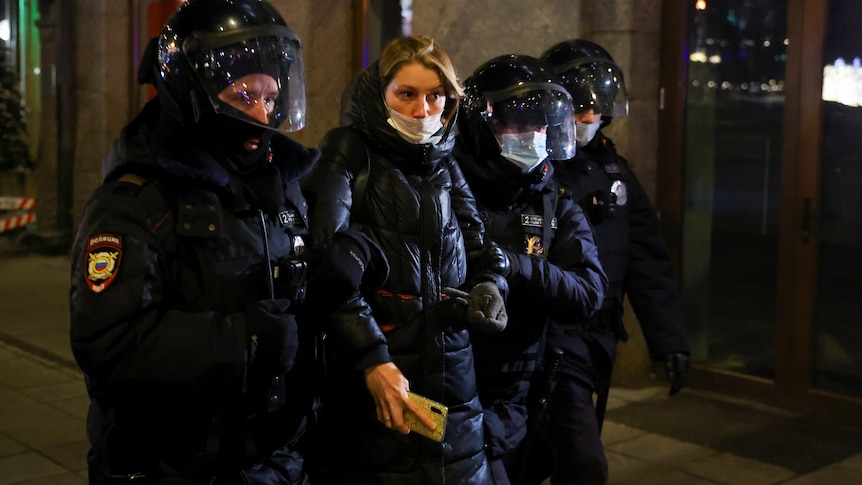
Read more
Though the state news agency's report on the meeting did not include any comments specifically referring to South Korea, it said the participants clarified "principles and strategic and tactical orientations to be maintained in the struggle against the enemy and in the field of foreign affairs".
While the United States has said it would push for additional sanctions if North Korea conducted another nuclear test, the divisions between permanent members of the UN Security Council make the prospects for meaningful punitive measures unclear.
Russia and China this year vetoed US-sponsored resolutions that would have increased sanctions, insisting Washington should focus on reviving dialogue.
Escalating tensions with neighbours
North Korea’s other regional neighbours are also feeling the renewed tension, with Japanese Defence Minister Nobuo Kishi making unusually strong remarks that Japan is on the front lines as neighbours try to up-end international norms.
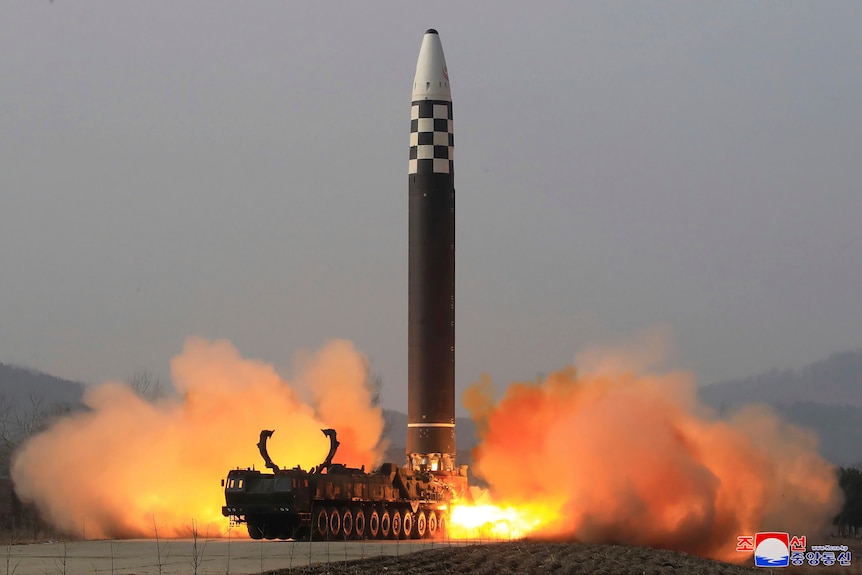
North Korea has already fired 31 missiles this year during 18 different launch events.(AP: Korean Central News Agency/Korea News Service)
"Japan is surrounded by actors that possess, or are developing, nuclear weapons, and that openly ignore rules," Mr Kishi said in Singapore at the Shangri-La Dialogue, Asia's premier security meeting.
In May, China and Russia conducted a joint aerial patrol in waters close to Japan and Taiwan, their first since Russia's invasion of Ukraine.
ABC/Reuters/AP
(257) 05-28-2022-to-06-03-2022__****THE****WINDS****of****WAR****
(258) 06-04-2022-to-06-10-2022__****THE****WINDS****of****WAR****
________________________________________________________________________________________
Posted for fair use.....
North Korea ramping up weapons development, US and South Korean officials warn
North Korean leader Kim Jong Un is looking to accelerate his nation's nuclear weapons development in a show of strength against Washington and regional neighbours.
North Korea ramping up weapons development, preparing for nuclear test, US and South Korean officials warn
Posted 17h ago
North Korean leader Kim Jong Un is doubling down on the nation’s arms build-up in response to what he describes as an aggravating security environment.
Key points:
- US and South Korean officials warn another North Korean nuclear test could be imminent
- North Korea has already fired 31 missiles since the beginning of this year
- China and Russia have vetoed proposed sanctions against North Korea in favour of renewed dialogue
Following a major political conference in Pyongyang, US and South Korean officials warned North Korea was pressing ahead with preparations for another nuclear test.
North Korea has already set an annual record for ballistic launches in the first half of 2022, firing 31 missiles during 18 different launch events.
They included the country's first demonstrations of intercontinental ballistic missiles in nearly five years.
Mr Kim's comments at the conference were published by North Korea's state-run Korean Central News Agency.
While the report did not specify any goals regarding testing, including the detonation of a nuclear device, the North Korean leader defended his accelerating weapons development as an exercise in sovereign rights to self-defence, and outlined more "militant tasks" to be pursued in the future.
What's behind the new missile testing?
North Korea has mastered the art of manufacturing diplomatic crises by provoking Western nations, and the United States in particular, with weapons tests and threats, before eventually offering negotiations aimed at extracting concessions on international sanctions.
North Korea has a history of dialling up pressure on Seoul when it does not get what it wants from Washington.
As Russia goes dark, Vladimir Putin could be taking cues from Kim Jong Un on how to quash dissent
Vladimir Putin has been steadily winding back the clock on Russia's democracy. Independent media outlets have been shuttered, Western businesses have left and free speech has effectively been stamped out.
Read more
Though the state news agency's report on the meeting did not include any comments specifically referring to South Korea, it said the participants clarified "principles and strategic and tactical orientations to be maintained in the struggle against the enemy and in the field of foreign affairs".
While the United States has said it would push for additional sanctions if North Korea conducted another nuclear test, the divisions between permanent members of the UN Security Council make the prospects for meaningful punitive measures unclear.
Russia and China this year vetoed US-sponsored resolutions that would have increased sanctions, insisting Washington should focus on reviving dialogue.
Escalating tensions with neighbours
North Korea’s other regional neighbours are also feeling the renewed tension, with Japanese Defence Minister Nobuo Kishi making unusually strong remarks that Japan is on the front lines as neighbours try to up-end international norms.
North Korea has already fired 31 missiles this year during 18 different launch events.(AP: Korean Central News Agency/Korea News Service)
"Japan is surrounded by actors that possess, or are developing, nuclear weapons, and that openly ignore rules," Mr Kishi said in Singapore at the Shangri-La Dialogue, Asia's premier security meeting.
In May, China and Russia conducted a joint aerial patrol in waters close to Japan and Taiwan, their first since Russia's invasion of Ukraine.
In his speech, Mr Kishi also criticised North Korea and its missile tests, saying the regime could not be allowed to threaten Japan, the region, and the international community."Joint military operations between these two strong military powers will undoubtedly increase concern among other countries," Mr Kishi said.
ABC/Reuters/AP


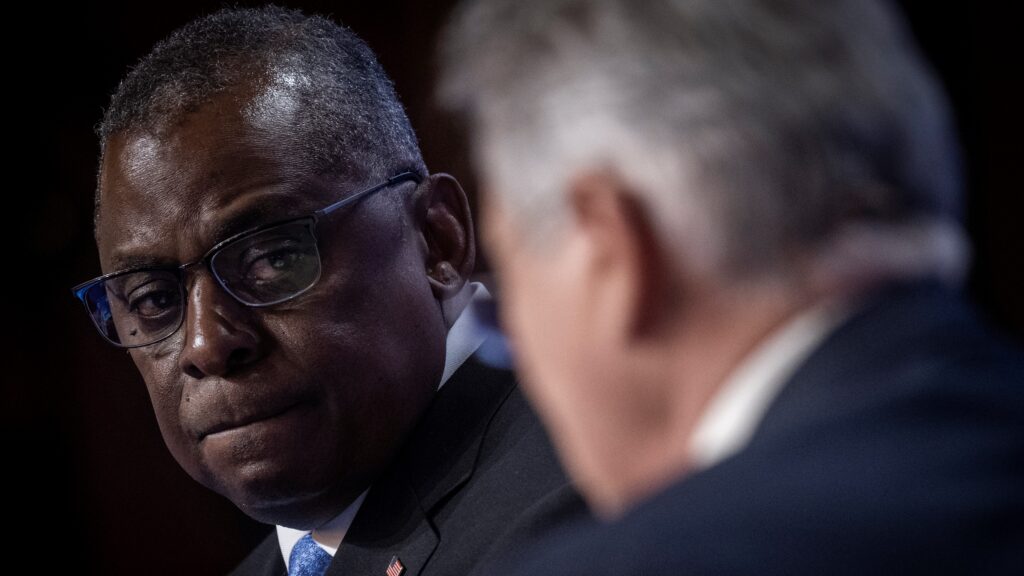



/cloudfront-us-east-2.images.arcpublishing.com/reuters/SKMRMMQUVVKN5CBT5ELNPEW6CU.jpg)
